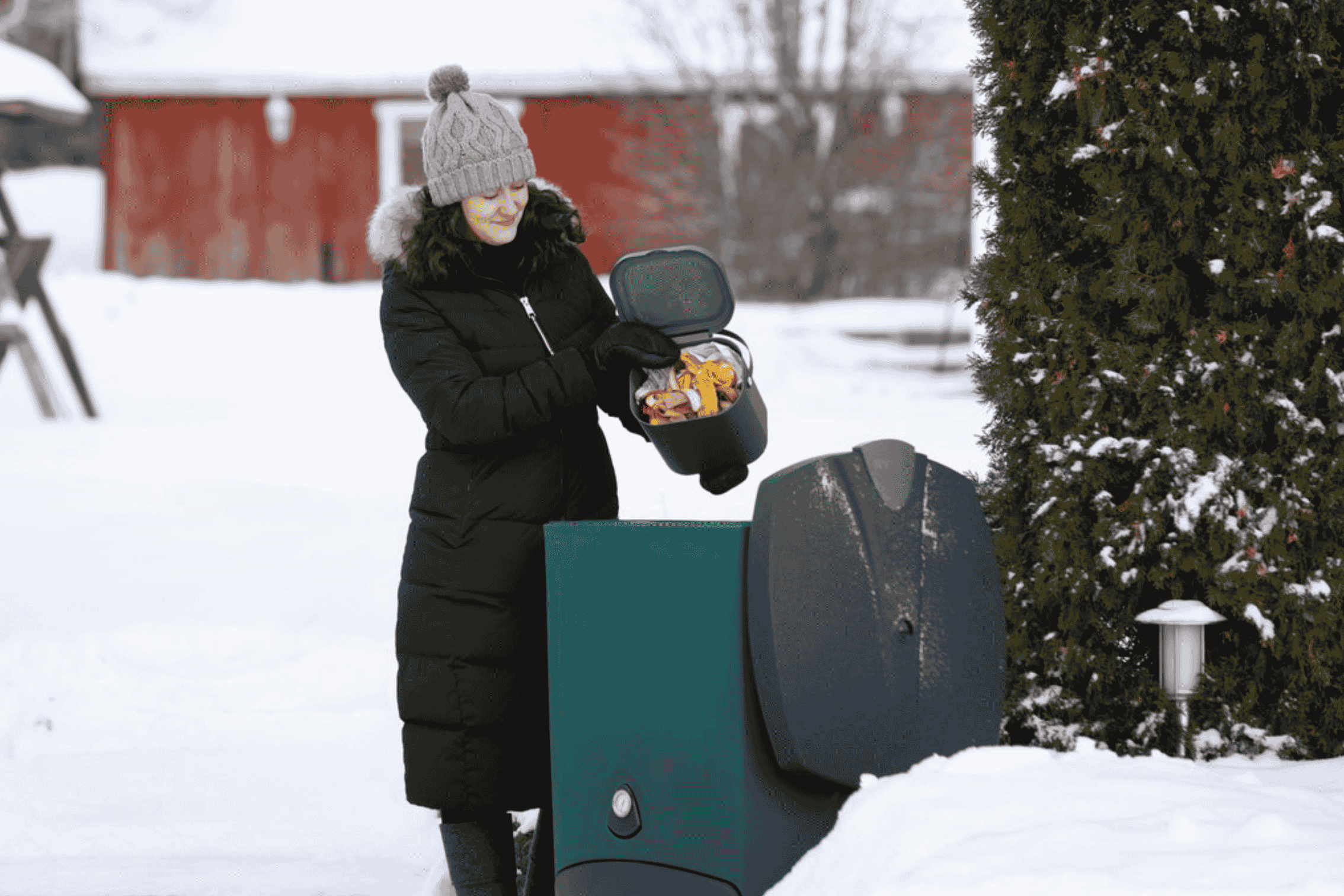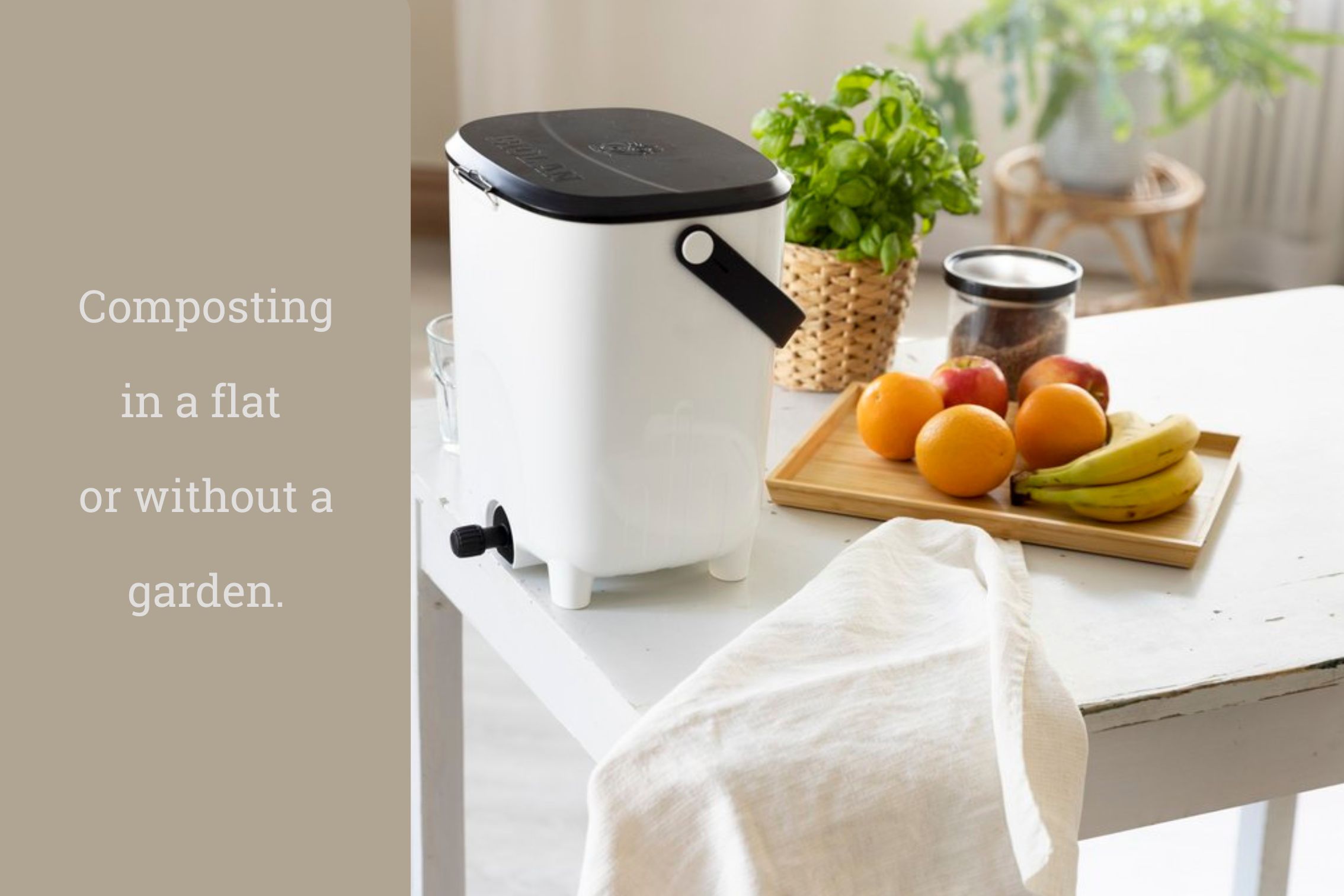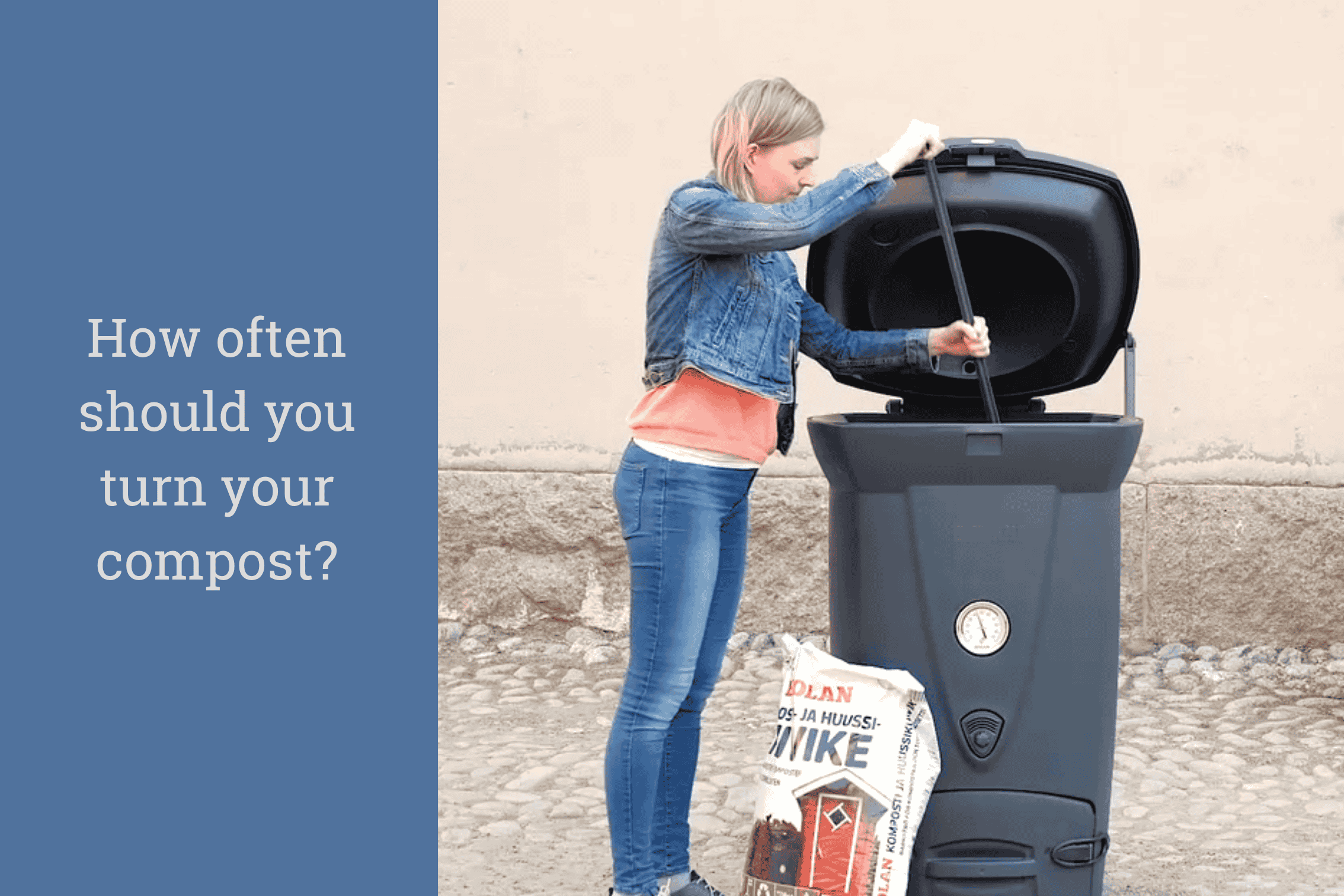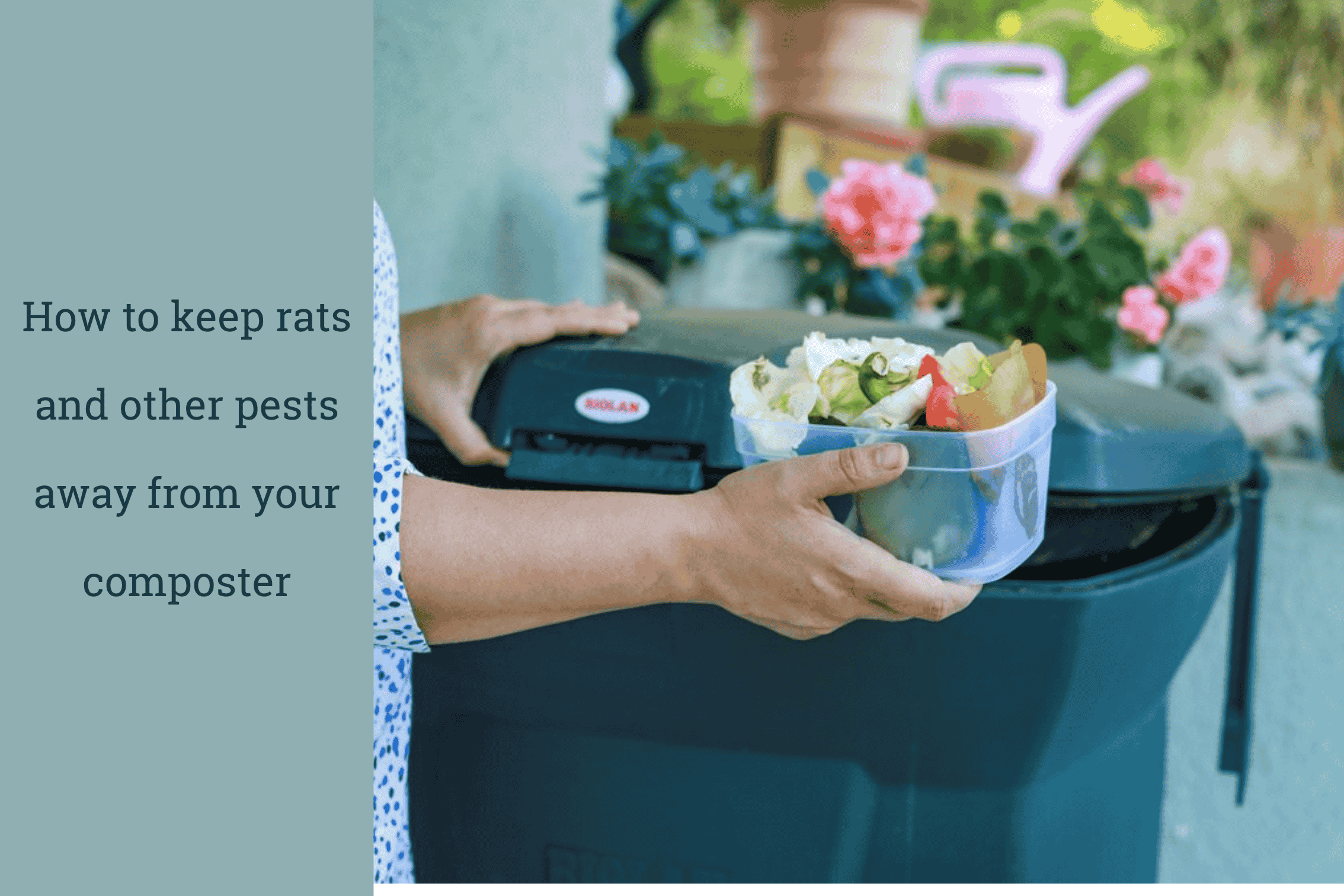.jpg)
What Are The Right Bulking Materials For Dry Toilets And Composters
Using the right peat-free bulking material keeps dry toilets odour-free, efficient, and eco-friendly - better than basic sawdust or wood chippings.
Dry and composting toilets are becoming increasingly popular across the UK, especially in off-grid homes, glamping sites, and eco-conscious properties. One key component to making these systems work efficiently is the bulking material you use. While many people turn to sawdust or wood chippings, there are good reasons to opt for a bulking material specifically designed for dry toilets and composters – and just as importantly, why it should be peat-free.
In this blog, we’ll explore what bulking material does, why the right choice matters, and why avoiding peat is essential for sustainability.
What Is Bulking Material?
Bulking material is added to composting toilets and dry toilets after each use. Its main job is to:
- Absorb excess moisture from solid waste and urine
- Create airflow within the compost pile to encourage aerobic decomposition
- Suppress odours
- Support microbial activity that helps break down waste
In a nutshell, bulking material ensures the composting process works efficiently and hygienically. Without it, your toilet could become smelly, overly wet, or even anaerobic (no air flow) – leading to a build-up of unpleasant gases and slow decomposition.
Sawdust and Wood Chippings: A Common (but Imperfect) Choice
For years, sawdust and wood chippings have been the go-to bulking material for dry toilets. They're natural, widely available, and affordable – often a by-product from workshops, sawmills or landscaping projects.
But while they can work, they’re not always the best option.
The Drawbacks of Standard Sawdust and Chippings:
- Moisture Absorption Can Be Inconsistent
Not all sawdust is the same. Fine sawdust might absorb too much moisture and create a heavy, compacted mass which can become smelly, while coarse shavings might not absorb enough. This can throw off the balance of your toilet system. - Risk of Compaction
If the sawdust is too fine or damp, it can compact and reduce airflow – leading to anaerobic conditions, slow decomposition, and bad smells. - May Contain Contaminants
DIY or workshop sawdust may contain chemicals, adhesives, paint residues, or treated wood particles – none of which are suitable for composting or environmentally friendly disposal and could seriously upset the balance of your compost. - Chippings Can Be Too Chunky
Wood chippings might be too large and won’t provide the coverage or absorption needed after each toilet use. They also decompose more slowly than finer materials.
Why Purpose-Made Bulking Material Is Better
A bulking material specifically designed for dryand composting toilets – such as Biolan’s composting bulking material –is formulated to deliver optimal performance:
- Ideal particle size for airflow and absorption
- Balanced carbon content to aid decomposition
- Free from contaminants
- Easy to handle and store
- Formulated for year-round use
Specialist bulking agents often include a mix of natural fibres, untreated plant matter, and coarser organic particles. They createa structure within the compost that prevents compaction, keeps things aerobic, and helps prevent odours far more effectively than standard sawdust or chippings.
If you’re investing in a composting or dry toilet,it’s well worth using the right materials to keep it working at its best.
Why Peat-Free Is Essential
Many traditional composting products – including some bulking materials – contain peat. While it’s long been used ingardening and composting due to its absorbency and carbon content, peat is now known to be environmentally damaging.
The Environmental Cost of Peat:
- Peatlands are carbon sinks – They store more carbon than forests, and digging them up releases greenhouse gases into the atmosphere.
- Habitat destruction – Peat bogs are home to unique ecosystems. Harvesting peat destroys these delicate habitats.
- Takes centuries to regenerate – Peat forms at an incredibly slow rate, making it a non-renewable resource on a human timescale.
In the UK, government policy is already shifting towards banning peat in consumer products – especially for homegardening – and many sustainable suppliers have already gone peat-free.
When choosing a bulking material for your toilet orcomposter, peat-free options are the most ethical and future-proof choice.
.jpg)
What to Look For in a Good Bulking Material
Here’s a quick checklist to help you pick the right product:
- ✅ Peat-free – For sustainability and reduced environmental impact
- ✅ Designed for composting toilets – Not just generic sawdust or wood mulch
- ✅ Balanced blend of moisture absorbency and airflow
- ✅ No chemicals, paint, or treated wood
- ✅ Easy to handle – Ideally in a resealable bag or container
- ✅ Natural and biodegradable
A Few Tips for Using Bulking Material Effectively
- Use it consistently: Add a scoop after each use to maintain the right balance of moisture and cover the waste.
- Store it in a dry place: Keep it under cover to prevent clumping or mould.
- Use enough – but not too much: A scoopful or two per use is often plenty, depending on your toilet design and bulking material type.
- Top up regularly: If the contents of your composting toilet look wet or smell strong, you may need to add more bulking material to restore balance.
Final Thoughts
While it’s tempting to use any old sawdust or woodchippings, they’re not always up to the task when it comes to keeping your dry or composting toilet running cleanly and efficiently. Using a bulking material that’s designed specifically for composting toilets ensures better odour control, faster decomposition, and a much more pleasant user experience.
And by choosing a peat-free product, you’re also doing your bit for the environment – helping to protect carbon-storing peatlands and support more sustainable practices.
If you’re investing in an eco-friendly toilet system, make sure your bulking material matches your goals. Your compost (and the planet) will thank you.
Useful links
Bulking material 24L bag For composters and composting toilets (made with wood fibre, moss and biochar – peatfree)
Bulking material 35L bag For dry toilets (made with pine bark,moss and biochar for composts and dry toilets – peat free)
Simplett Dry Toilet compact and user friendly
Simplett PLUS Dry Toilet has the added advantage of a 'flush' type cistern that adds bulking material directly to the bowl
Biolan composting Toilet turns waste into compost all within the unit - waterless and odour free
OTHER POSTS IN THIS CATEGORY:
.png)
The Biolan 220eco composter handles all food waste, including cooked scraps, all winter. Use bulking material for perfect, odour-free compost

Yes, you can compost in winter! Learn how to keep your bin active during the UK's cold months with tips, tools, and winter-ready composters.

Tired of smelly bins? Learn how to compost in your flat usingan indoor Bokashi bins, and turn your scraps into garden gold - even without a garden.

Find out how often to turn your compost, why it matters, and simple tips to boost breakdown and reduce smells in your garden bin.

Keep pests out of your compost bin with smart tips on what to add, how to balance materials, and ways to seal and protect your setup year-round.
.png)
Insulated aerobic composters speed up decomposition, manage odour, and work all year. Learn how they retain heat, regulate airflow, and simplify compo



